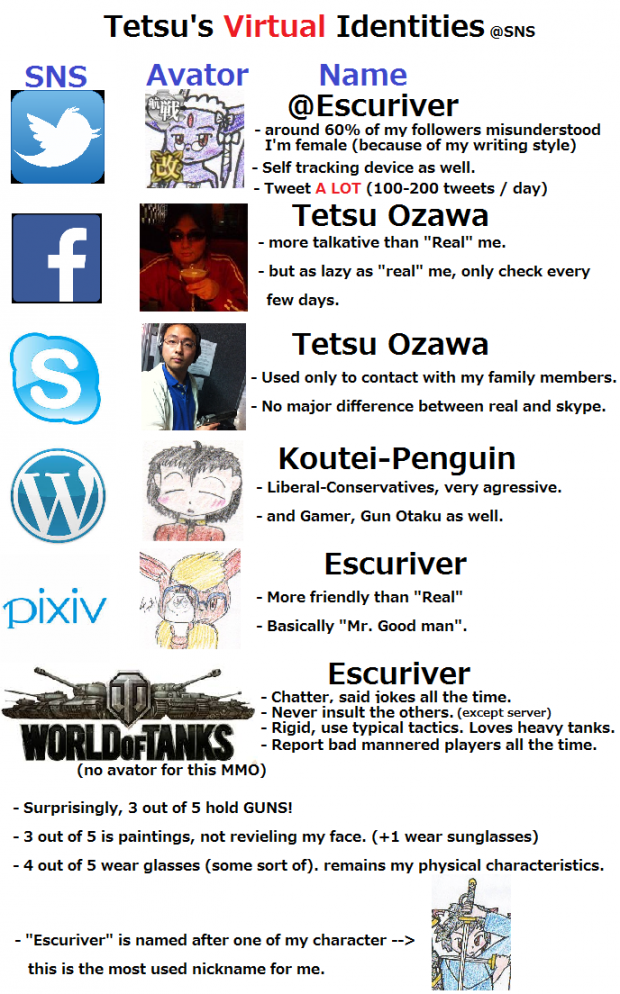Augmented Reality games are the newest interactive platform for storytelling. I took a look at Ingress, a new game that was just realized to the public this month after a year-long beta run. With over 1 million players worldwide since it’s release, the addictive game is exploding in popularity at a rate commensurate with the augmented reality technology that it uses.
How do I describe Ingress? The fan-created Wiki defines it as:
“This massively multiplayer augmented reality game sees players in two factions fighting for territorial control of the planet, focused around real-world monuments and landmarks designated as “portals”.
The concept behind the game is that a strange energy called Exotic Matter (XM) has started appearing in the vicinity of mysterious alien portals. These portals are located near actual well-known publicly accessible landmarks – museums, parks, sculptures, signs, etc. Players have to choose a faction at the beginning – they are either “The Enlightened” who embrace the new technology who believe that it has been placed for the benefit of humankind, or they are “The Resistance” who actively fight against the technology, believing its purpose control of the population.
This video gives a good introduction.
Like the augmented world that comes to life on the screens of players’ Androids the story skirts between reality and fiction – it’s hard to know where reality ends and the story begins and vice versa. For example, NianticLabs is, in fact, a division of Google and in the fictional story is the organization that leaks the information about XM presence. This ambiguity makes for compelling storytelling and serves as convenient branding for the company.
Players first learn about Ingress through the story of Tycho, a seemingly angry visionary artist at Comic Con who starts giving away his paintings, claiming he knows “the truth”. Fictional Youtube videos which apparently capture his breakdown, in conjunction with a fictional tumblr site further blur the lines between reality and fiction. With pieces of the story being told through these various media, and interaction with players both in the real world and augmented reality, Ingress is truly a multimodal story.
One of the benefits of games like this is that has the appeal of Massively Mutliplayer Online Games like World of Warcraft but gets players moving outside and in their communities. Because the game requires players to “check in” with portals they have to literally walk, bike or run around. The downside of course is that if players are not willing to move around, or if it is not feasible for them for whatever reason – eg, they live in remote communities, have physical limitations or jobs that inhibit movement – the game will not be accessible.
For some players, the game is a means of enhancing physical activity – adding a layer of fun to their workout. Blogger Chris Silver Smith had this to say in his review of the game:
“I’ve actually reached the point of taking my mobile phone with me while running in the park so I can get more points for checking into Portals, recharging them, upgrading them, and linking them to one another. It’s really added another fun dimension to my workout routine and pushed me to go greater distances than previously!” (http://searchengineland.com/author/chris-smith).
To date there are over 1 million players are engaged in the game, which certainly speaks to the game’s popularity but also it brings up the question of what other uses Google has for all the “check in” information. It will be interesting to see how Augmented Reality games affect advertising of businesses and the tracking of player’s data. Will Augmented Reality games greatly alter the way we interact in community spaces? How will Augmented Reality technology affect city planning and architecture? How about social interactions?
With questions like this lingering I can’t help but consider the parallel divide that exists on attitudes about new technology between those who believe that games like Ingress are step towards a more enlightened society; and those who see a more sinister motive hidden in the attractive package of convenience, entertainment and games.




 By the way, the Challenger disaster’s anniversary is today. If space actually defined the 20th Century, why have we forgotten it so soon? Perhaps that century (and likely this one) will be defined by change. Not progress or advancement, but short attention spans.
By the way, the Challenger disaster’s anniversary is today. If space actually defined the 20th Century, why have we forgotten it so soon? Perhaps that century (and likely this one) will be defined by change. Not progress or advancement, but short attention spans.